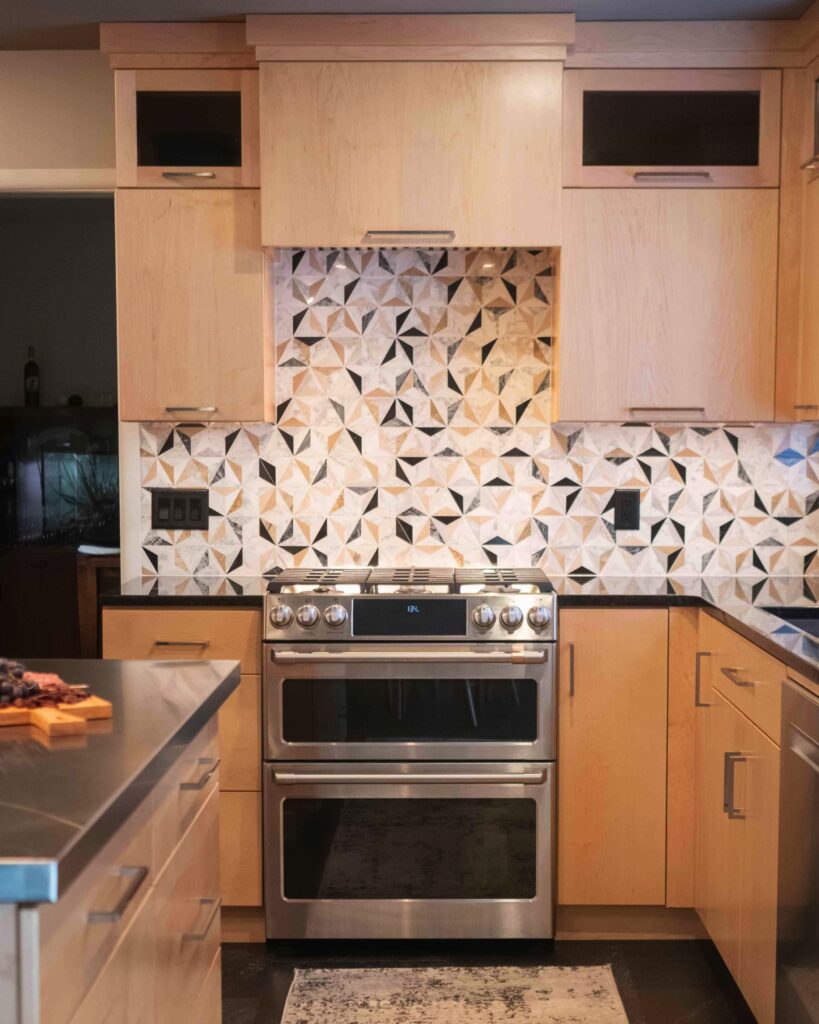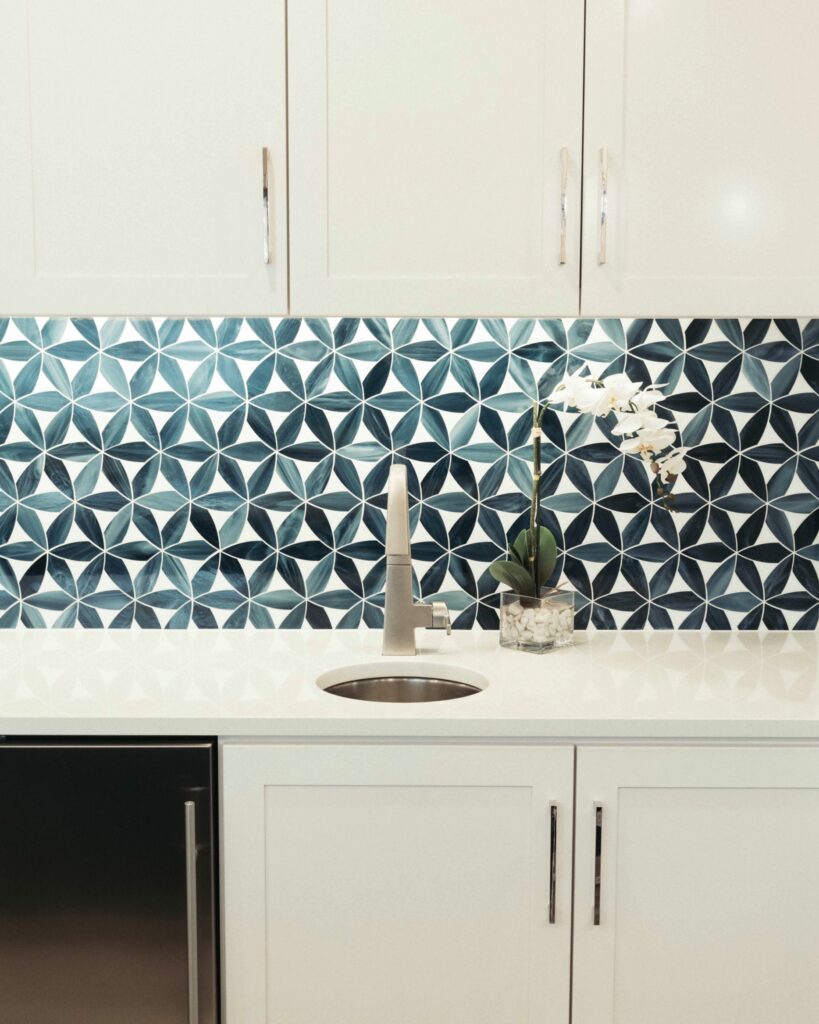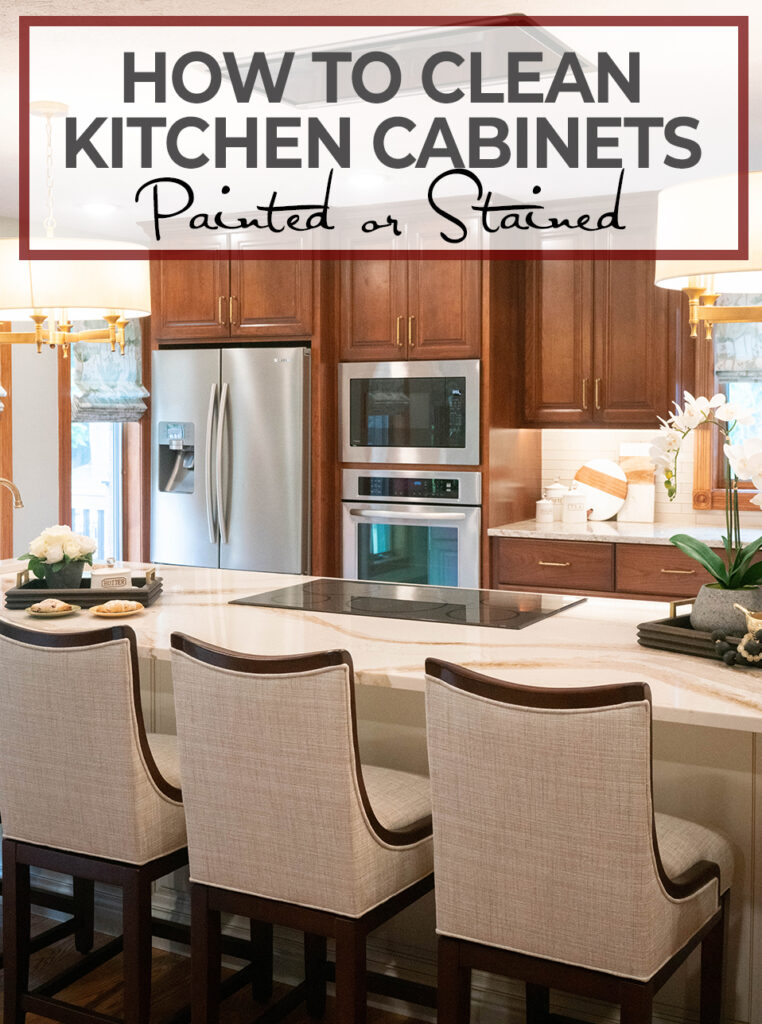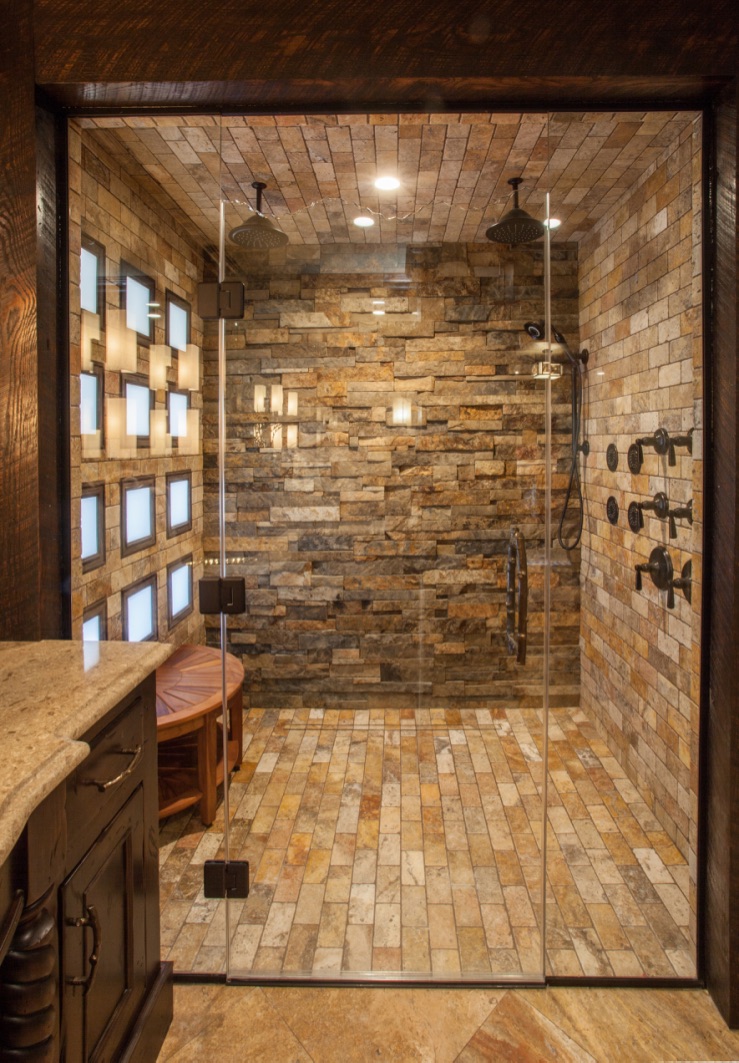If you have found yourself drawn to any of the apartments in "Only Murders in the Building", it probably says something about your personality. Check out what the design styles of Charles-Haden Savage, Oliver Putnam, or Mabel Mora says about you!
SPRING CLEANING: How to Clean Your Kitchen Cabinets
It’s Spring Cleaning time and there is just something about the rising angle of the sun that shows every streak and smear and spot on my kitchen cabinets.
When my sons were at home, they learned to cook. Well, to be honest, they learned to make BREAKFAST.
In a house of boys, bacon will be fried.
And where there is bacon, there is grease. LOTS of grease.
Now, that “white gold” is great if you’re putting it in, say, green beans or a spinach salad warm vinaigrette, but it is not great if it is coating your cabinet doors.
There is a point where it’s time to buckle down and clean the cabinets. My youngest son leaving the nest (and not making bacon EVERY. SINGLE. DAY.) signaled it was my time to clean.
As kitchen and bath designers here at GMI Design Group, we believe it’s important for you to love your kitchen now AND later! If you’ve invested in a kitchen remodel with new cabinets, have a new home and want to keep that new house shine, or just want to make it two more years before the kitchen renovation is a need instead of a want, it’s important to keep up with dirt and grime to extend the life of your stained or painted cabinets.

Cleaning Stained Cabinets:
- Start by removing any dirt and debris from the surface of your cabinets. You can do this by using a soft cloth or brush. Be sure to remove any food residue, grease, and dust.
- Next, mix equal parts water and vinegar in a spray bottle. Spray the solution onto your cabinets and let it sit for a few minutes. The acid in vinegar will help break down the stains and make them easier to remove.
- Use a soft cloth or sponge to gently scrub away the stains. Be sure to rinse your cloth or sponge frequently and reapply the vinegar solution as needed. Once you’re done, rinse the cabinets with clean water and dry them with a soft cloth.

Cleaning Painted Cabinets:
- Start by wiping down your cabinets with a soft cloth or sponge to remove any loose dirt or dust. Then, use a mild detergent or vinegar solution to clean the cabinets. Mix one-part vinegar with two-parts warm water and dip a cloth into the solution, wring it out and wipe the cabinets clean. Avoid using abrasive cleaners or scrubbers, which can damage the paint and cause it to peel.
- Use a toothbrush or SOFT-bristled brush to clean any hard-to-reach areas, such as corners or grooves. Dip the brush into the cleaning solution and gently scrub the area. If there are any stains or marks that won’t come off with the vinegar solution, you can use a baking soda paste to remove them. Apply the paste with a soft cloth, and then rinse the area with water and wipe it dry.
- Once you have finished cleaning your cabinets, wipe them down with a clean, dry cloth to remove any excess water. This will help prevent any water damage or streaking on the painted surface.
Once clean, you can apply a coat of furniture polish to protect the paint and give them a fresh, lustrous finish.
TRY THIS: Instead of using commercial furniture polish, try an all-natural approach! Mix 1 part white vinegar, 1 part olive oil and 1/2 part lemon juice (freshly squeezed, if you’re into that, or bottled—no judgement here!) into a spray bottle. it gives a beautiful shine and is chemical free, and smells amazing, too!

Cleaning your cabinets regularly is the best way to keep them looking new and stain-free. By using mild cleaning solutions, avoiding abrasive cleaners and scrubbers, and being gentle with hard-to-reach areas, you can maintain the beauty of your cabinets for years to come. Regular cleaning and maintenance will not only improve the appearance of your cabinets but also help extend their lifespan.



